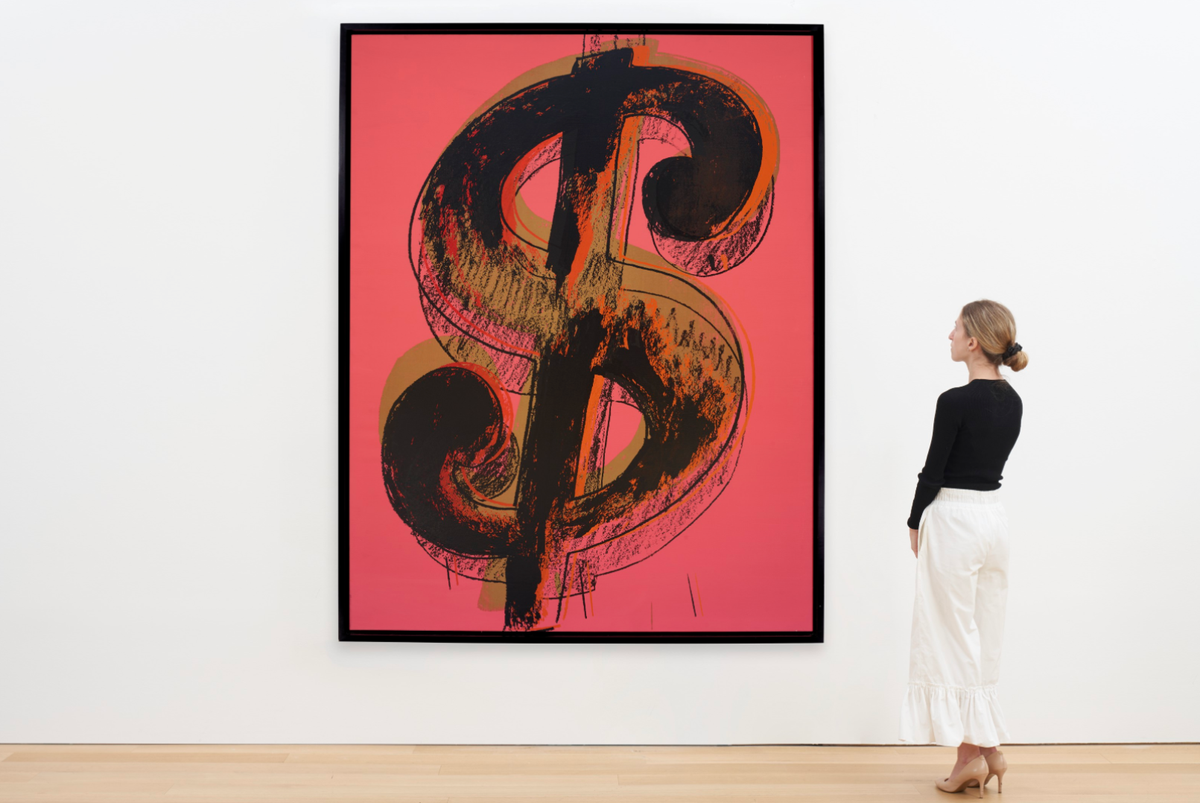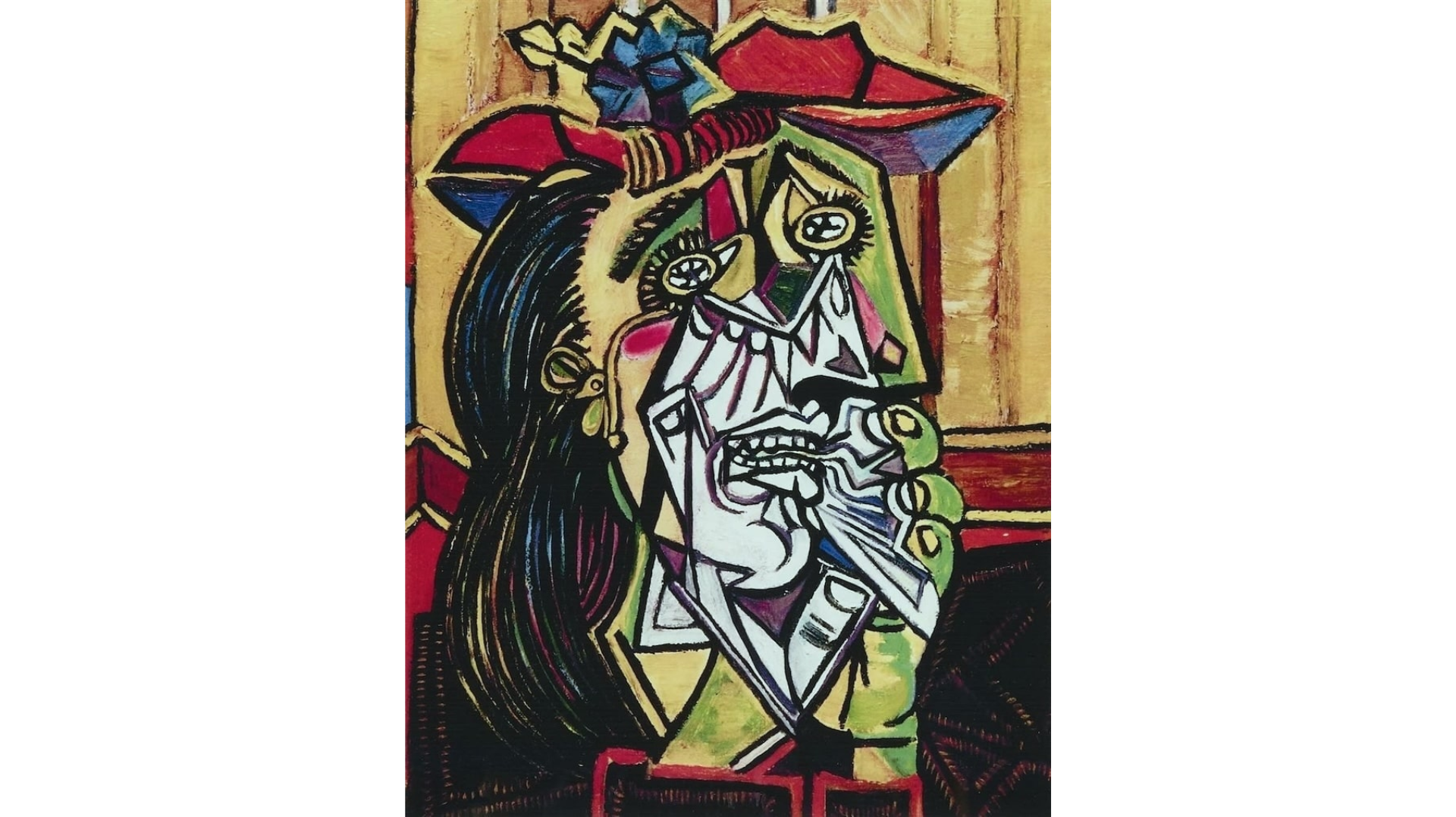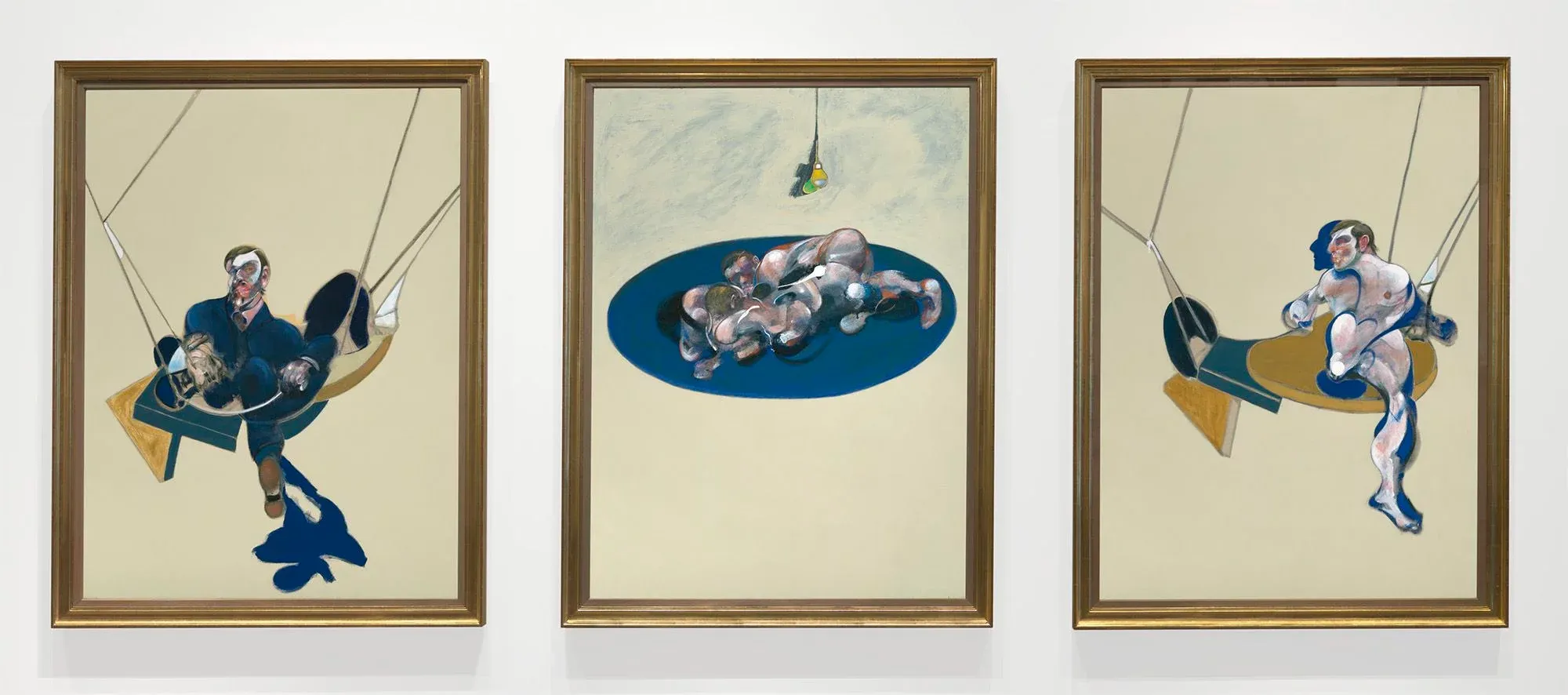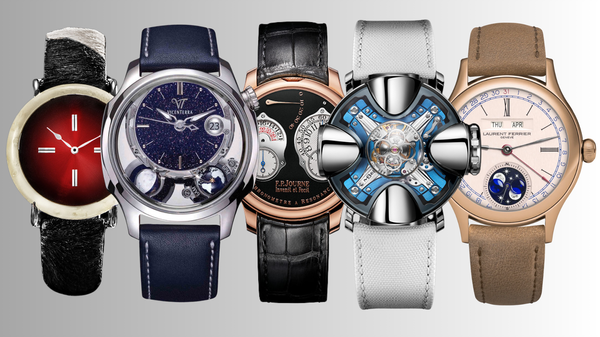Art as Collateral
The ultra-wealthy are leveraging masterpieces to unlock liquidity, turning art into a financial instrument without relinquishing ownership.

The world of high finance is often shrouded in complexity, a labyrinth of intricate deals and unconventional investment vehicles. One increasingly prominent trend among the ultra-wealthy is the use of fine art as collateral.
Rather than liquidating their assets, the elite are leveraging masterpieces by Picasso, Warhol, and Bacon to unlock substantial liquidity, turning art into a financial instrument without relinquishing ownership.

This isn’t about selling heirlooms; it is sophisticated financial engineering that enables the wealthy to access capital while retaining their prized collections, which may continue to appreciate.
Art lending has become an attractive proposition for high-net-worth individuals. Traditional loans often involve invasive scrutiny of personal finances and potential reputational risks if details become public. By contrast, art-backed loans offer a discreet and often expedited means of securing significant funding.
Specialist art finance firms and private banks with dedicated art divisions assess the value of the artwork, considering factors such as provenance, condition, artist reputation, and market demand. Loans typically range from 30% to 50% of the appraised value of the artwork.
For instance, a collector who owns a valuable Francis Bacon triptych might wish to invest in a business venture or acquire another sought-after piece. Instead of selling the Bacon, they can pledge it as collateral, gaining immediate access to capital while maintaining ownership of a potentially appreciating asset.

Beyond the financial benefit, they retain the prestige of possessing the artwork, albeit temporarily out of sight.
While the concept of art lending is relatively straightforward, the execution requires meticulous attention to detail. Independent experts appraise the artwork to establish an objective valuation.
The lender typically takes possession of the piece for the duration of the loan, storing it in climate-controlled, high-security facilities. This ensures the work remains in pristine condition while serving as a secured asset.

Loan terms usually span from one to five years, with interest rates higher than those of conventional loans, reflecting the specialised nature of art finance and the inherent risks of the art market. A critical question arises: what happens in the event of default?
The lender has the right to sell the artwork to recover the loan, though this is considered a last resort. Forced sales can disrupt market values and potentially damage reputations. As such, lenders often work with borrowers to find alternative solutions, such as refinancing or restructuring loan terms.
The art lending market has experienced remarkable growth in recent years, driven by soaring art valuations and the increasing financial acumen of the ultra-wealthy. However, the industry remains largely unregulated, leading to concerns about transparency, potential overvaluation, and market manipulation. Due diligence is crucial for both borrowers and lenders to mitigate these risks.

Additionally, the art market is inherently volatile. Economic downturns, changing tastes, or shifts in geopolitical landscapes can significantly impact valuations. If a borrower’s loan exceeds the depreciated market value of their artwork, they may face financial strain.
Therefore, a comprehensive understanding of market trends and a prudent approach to risk assessment are essential.
The use of fine art as collateral underscores the evolving landscape of wealth management. It highlights the ultra-wealthy's adaptability in maximising their assets and showcases art not merely as an aesthetic treasure but as a formidable financial instrument.
What may seem like an esoteric practice is, in reality, a sophisticated strategy employed by the world’s financial elite, one that preserves wealth, safeguards cultural heritage and ultimately wields economic power.
In this world, brushstrokes on canvas hold value beyond artistic merit; they are as liquid as gold, as strategic as stocks, and as influential as the financial markets themselves.





